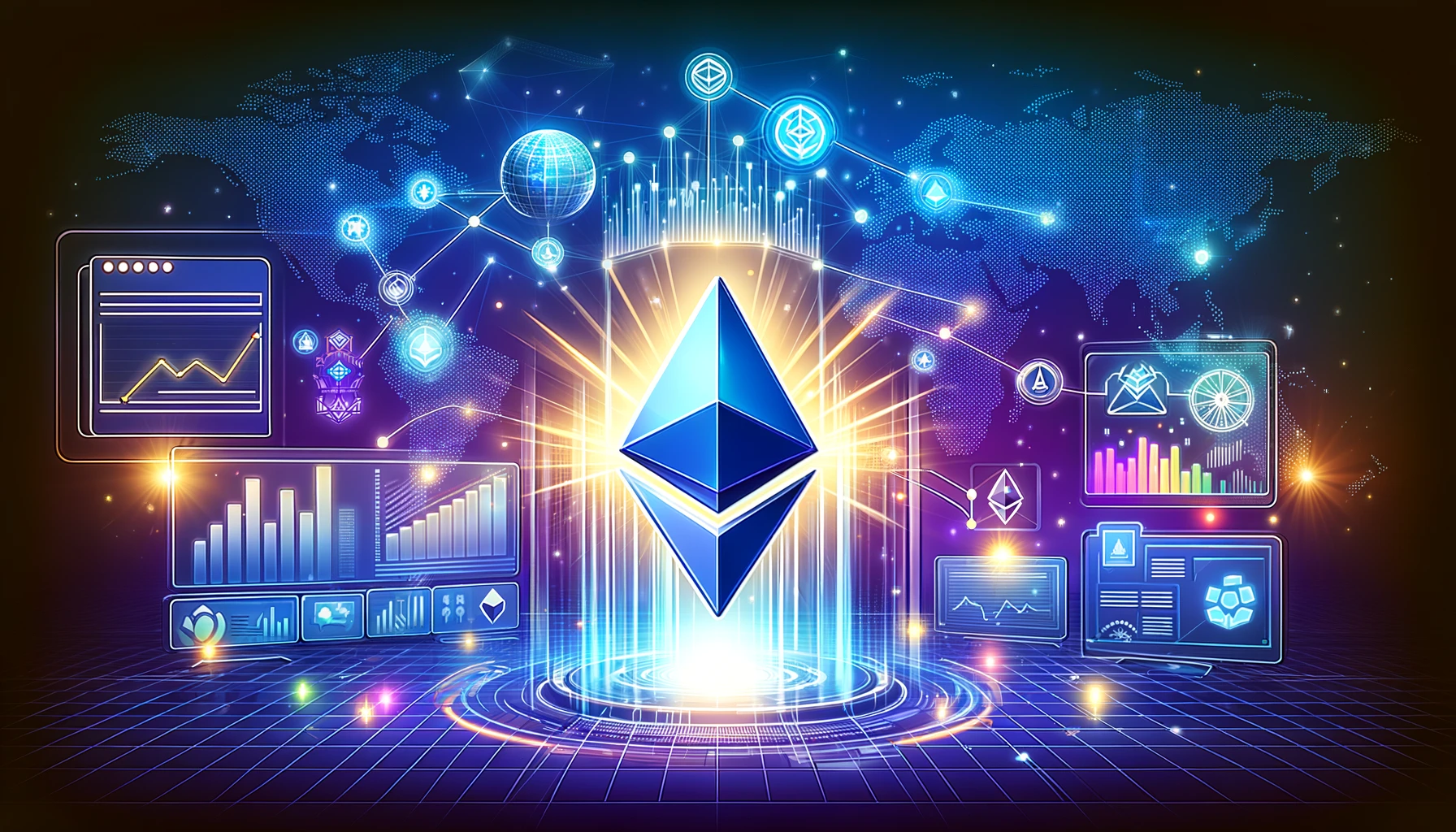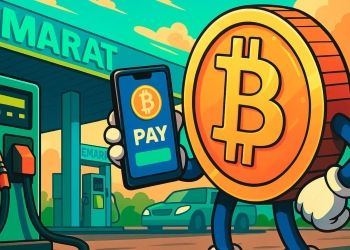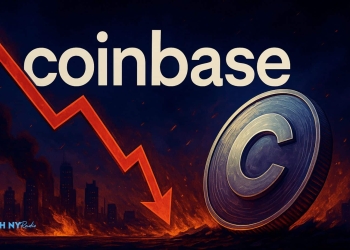Vitalik Buterin, co-founder of Ethereum, has just revealed his plans to solve the problem of cross-chain L2 interoperability on the Ethereum network. This novel idea aims to enhance user experience across layer-2 networks. It has the potential to change the way chains communicate and interact.
The question of Ideal ways to achieve cross-chain L2 interoperability was answered by Buterin on X on August 5th and 6th. He said, “I think people will be surprised by how quickly ‘cross-L2 interoperability problems’ stop being problems and we get a smooth user experience across the entire Ethereum-verse.”
Vitalik Buterin’s Roadmap to Cross-Chain L2 Interoperability
Vitalik Buterin has some important Ethereum Improvement Proposals (EIPs) planned for the future. These will be necessary to achieve cross-chain L2 compatibility. In an X post, He added that he is seeing “lots of energy and will to make this happen,” before highlighting some Ethereum Improvement Proposals (EIPs) on the path to cross-L2 compatibility.
The EIP-3370 standard, which establishes a new address, is an important part of this strategy. This establishes a mechanism that will allow dApps and wallets to show chain-specific addresses with prefixes that are easy for humans to understand. It standardise the process of identifying and interacting with addresses across all layer-2 networks. Hence, this enhancement will greatly improve the user experience.
The EIP-7683 is an essential part of the cross-chain L2 interoperability strategy. This proposal seeks to standardise Ethereum layer-2 network protocols for cross-chain communication and transaction execution. The current state of asset trading between networks is frequently cumbersome and wasteful. The goal of this EIP is to make the Ethereum ecosystem more efficient by standardising rules that all chains may follow. This will make cross-chain transactions easier and faster.
Technical Innovations Driving Cross-Chain L2 Interoperability
Vitalik Buterin has grand plans for more complex cross-chain L2 interoperability than just standard communication protocols. Included in the proposal are technological advancements. These have the potential to radically alter the way layer-2 networks communicate with one another and the Ethereum mainnet.
Among these innovations, EIP-3668 lays out a means for Ethereum smart contracts to access off-chain data in a standardised manner. These are what Buterin calls “layer-2 light clients.” They’re an effort to standardise the way Ethereum contracts may use off-chain data. Developers would find it easier and more efficient to create data-intensive apps with this enhancement. It would further increase the scalability and usefulness of layer-2 solutions by reducing the high costs of on-chain storage.
The idea for cross-chain L2 interoperability also includes what Buterin terms as “cross-L2-replayable account state updates.” He developed this further in a blog post from 2023. It deals with how layer-2 networks may securely and efficiently receive changes to Layer 1 states while minimising delay. Layer-2 networks must be synchronised with the Ethereum mainnet for seamless cross-chain interactions. This upgrade will guarantee that this happens.
The Future Landscape of L2 Interoperability
Vitalik Buterin now plans to implement what he terms phase 2 updates into the Ethereum ecosystem. This will allow for cross-chain L2 interoperability. It comes with new features like proof aggregation and keystore rollups. These will undoubtedly make cross-chain interactions even more secure and efficient in the future.
According to Vitalik Buterin, these “stage 1” improvements are “completely independent of the details of rollup tech. Therefore, current zero-knowledge and optimistic rollups may take use of these enhancements. They wouldn’t require a complete technical overhaul.
Buterin, on the other hand, sees a major change in the rollup scene coming down the road. He said, “Eventually, I think all rollups will go zk (and existing zk rollups will have to redo their tech stack), in order to finalize to Ethereum once per slot. But that’s like 5+ years away.”
An investment manager named VanEck made a bold prediction earlier this year. He said that in six years, the market capitalisation of Ethereum L2 scaling networks will reach $1 trillion.
A New Era of Seamless Ethereum Interactions
An important step forward has been taken in the development of the Ethereum ecosystem. Vitalik Buterin’s extensive proposal for cross-chain L2 compatibility is changing the narrative. This plan prepares Ethereum for a more integrated and user-friendly future. It fixes important issues with data access, asset transfers, and cross-chain communication.
Layer-2 light clients and standardised address formats are two examples of the suggested enhancements. These might streamline the network and make previously difficult tasks easier to do. With these updates live, consumers will have an easier time navigating various layer-2 solutions. Consequently, it might lead to more people using technology built on Ethereum. Turkishnyradio continues to provide insights on these developments, helping investors stay informed.






























































































![BitTorrent [New]](https://s2.coinmarketcap.com/static/img/coins/64x64/16086.png)
















